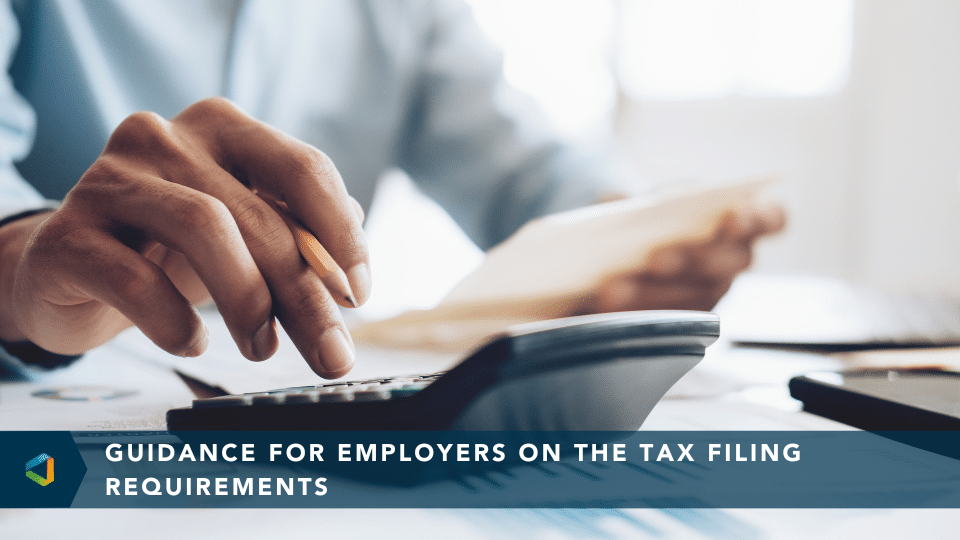Why the Cadillac tax? Why not Tesla? I’m dubbing this one the "Tesla tax." At least Tesla paid back that $465 million Govy loan. Do Gen X and Millennials even know what a Cadillac is? Aren't they hearses? The Escalade is pretty nice but really just a slick Suburban. Who drives Escalades, Real Housewives of……?
Here's what the Cadillac tax means to you:
The Cadillac tax is a non-deductible, PPACA excise tax of 40% levied for employer and employee contributions towards health insurance plans, starting in 2018. The tax appears to include all employer and employee amounts paid for medical, as well as pre-tax premiums and contributions made to health Flexible Spending Accounts (FSA), employer contributions for Health Savings Accounts (HSA) and employer reimbursements made through Health Reimbursement Accounts (HRA). The calculation excludes insured, stand‐alone dental and vision coverage. The thresholds for the tax are $10,200 for individuals and $27,500 for families. These thresholds will be adjusted based on CPI + 1, beginning in 2019.
CPI + 1, what is that, a wedding invitation? We're pegging health plan cost to the cost of milk, toys, haircuts, and houses? Sorry Milton Friedman, you were really smart but they don't listen...or do they?
Therefore, if your Health Insurance Plan, FSA, HRA and HSA (if any), is above the threshold, insurers of employer sponsored plans or the administrators of self-insured plans will be subject to the 40% tax per dollar above the threshold for each employee. The plan administrator is responsible for calculating the value of coverage and dividing the tax pro rate among insurers. (including the employer, if self-insured). Plans are allowed to take into account age, gender and certain other factors that impact premium costs.
Is Govy still ticked at GM for stiffing them on that $12 billion? What about the Cadillac CTSV? It’s a ripper! 566 HP and 0-60 in 3.9 seconds. I’d get that thing airborne!
Although 2018 seems like a long way off and many hold out hope that this provision will change, employers would be wise to prepare now. By trending current premiums a modest 9%, the proposed thresholds are not out of reach. Since health care costs historically rise at a rate significantly different (higher) than CPI, this tax will affect many employer sponsored plans. Example: Current family premium in 2013 of $17,904, trended at a modest 9%, gets to an annual premium in 2018 of $27,550, without any HSA, FSA, or HRA considerations.
Boom! Govy takes a vig….
Employers should take steps now to try to manage the effects of this tax. The obvious choice is to cut benefits, but a more sophisticated approach to reducing medical trend will yield a more sustainable solution. Progressive employers and advisors are working together to manage catastrophic trend by driving behavior change and individual accountability through information, education, motivation and significant support. Identifying high and emerging risks and prevention is crucial to success. The focus is on health improvement--not slashing benefits. Key elements of the strategy include:
-
Leadership commitment
-
Union support if applicable
-
In-person engagement
-
Alignment of financial incentives
OneDigital attacks the challenge ahead...
Forecast your 2018 premiums to get an idea of how this tax will affect you and your employees. Tax avoidance is one motivator to changing a stale approach but helping your employees get out of harm’s way is a gift to them, with the side benefit of beating trend by taking charge of your benefits costs.




